It is hard to resist interesting old cameras, especially if they are low cost. Before a 2017 trip to Nepal, I had been looking for a compact 35mm fixed lens camera. I knew I would carry my day supplies myself, so my Leica M2 kit with lenses was a bit heavier than I wanted to puff up and down trails, especially at 3000+ m altitude. My old Leica IIIC was out for repair and might not be ready in time. Thanks to the advice on Cameraquest, I bought a Yashica Electro 35CC from an eBay seller. After testing it with Kodak BW400CN on a car trip to Santa Fe, I was really pleased!
This little Yashica Electro 35CC has a clean viewfinder without haze, and the rangefinder lines up perfectly at infinity. And it uses a modern silver or lithium L544 battery, which I bought at a drugstore in town – very convenient compared to the mercury cells used in most 1960s and 1970s compact cameras. I bought an inexpensive 52mm vented hood from one of the Chinese vendors and already had some 52mm filters. Most old-time photographers have 52mm filters somewhere in the house, so this convenient size saves you from buying different sizes or the rather inconvenient step-up or step-down rings.
Operation hints
The shutter is electronically-timed with no manual mode, so you are dependent on a battery. In my experience, electronically-controlled cameras usually have excellent shutter speeds. Either they work correctly or the camera is comatose. On this Yashica, the shutter will stay open up to about 15 sec. for low-light work. This opens some interesting possibilities because I often take pictures in old decayed buildings.
One disadvantage of this camera is that it operates as aperture-priority only. You set the aperture and the shutter is timed automatically. Arrows in the viewfinder point left or right to tell you how to turn the aperture to maintain a safe shutter speed. In particular, when the left-pointing arrow lights up, the camera’s little brain wants you to open the aperture to let in more light. But, if you have a tripod or platform, just let the shutter stay open as long as it needs. The problem is there is no convenient way to adjust for reciprocity failure in long exposures. With most C-41 films, you do not need to be concerned, but my experience with black and white film is at about 1 sec. exposure, you need to start adding time. With this Yashica, the only way is to move the ASA level to a lower speed film (i.e., fool it into giving more time). The 6-element 35mm f/1.8 lens has a good reputation, and is wider then the normal 40 or 45mm lens on most of the 1970s compact cameras.
Like most of these 30+ year old cameras, the foam light seals around the back had turned into sticky gunk. But I had a package of replacement seal strips from Jon Goodman, an American fellow who has been selling kits for years. It was easy to clean out the old glue with naphtha and replace the strips. Results: no light leaks.
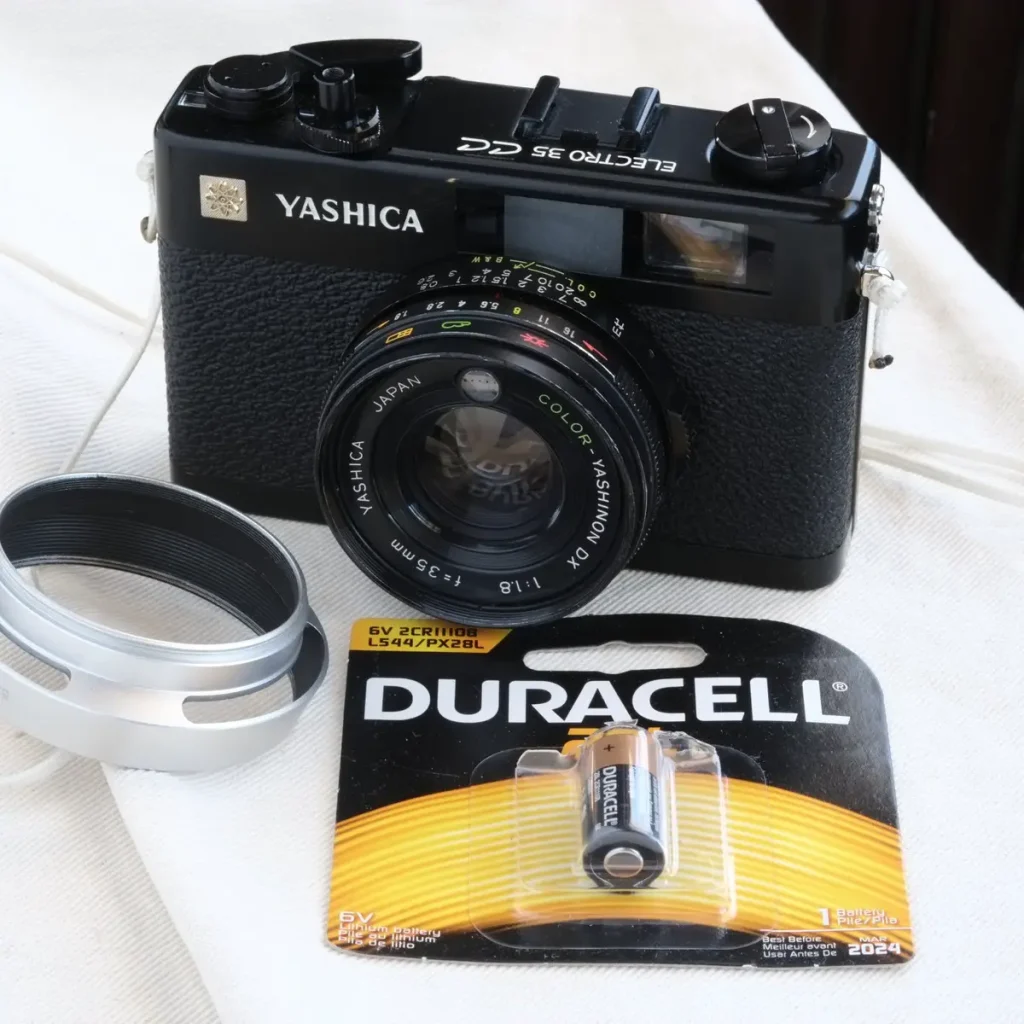
Results
I am really impressed with the 35mm Yashinon lens in the Yashica Electro 35CC. It is sharp from edge to edge with little or no field curvature. And the shutter is almost vibration-free, so I have not worried about hand-holding at slow shutter speeds (of course, I do not know the exact speed because there is no readout in the finder, but some of my low-light shots have been in the range of 1/30 sec or more). As a wild idea, I contacted Bellamy Hunt at Japan Camera Hunter about having the lens converted to Leica M mount. It would cost about $600, far more than I want to spend, considering I already have a 35mm Summicron-M lens.
In summary, the Yashica Electro 35CC is a decent little camera with an accurate shutter, a real rangefinder, and an excellent lens that is slightly wider than the normal for compact point-and-shoots. And it uses a modern battery. It does not have the precision feel of a Leica, but the photographic output is fine.
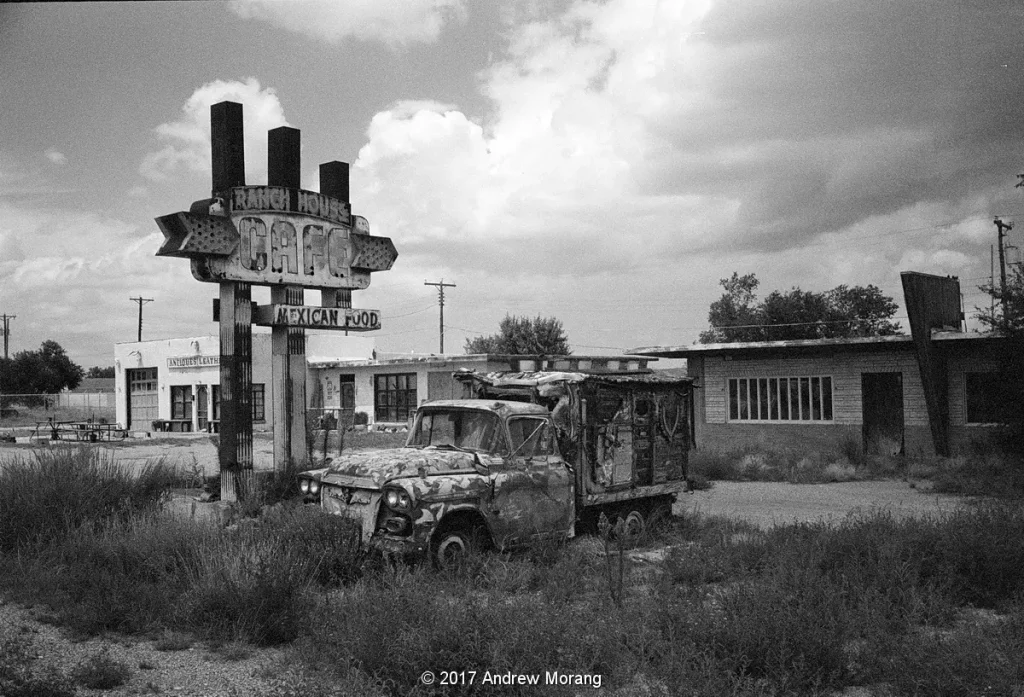
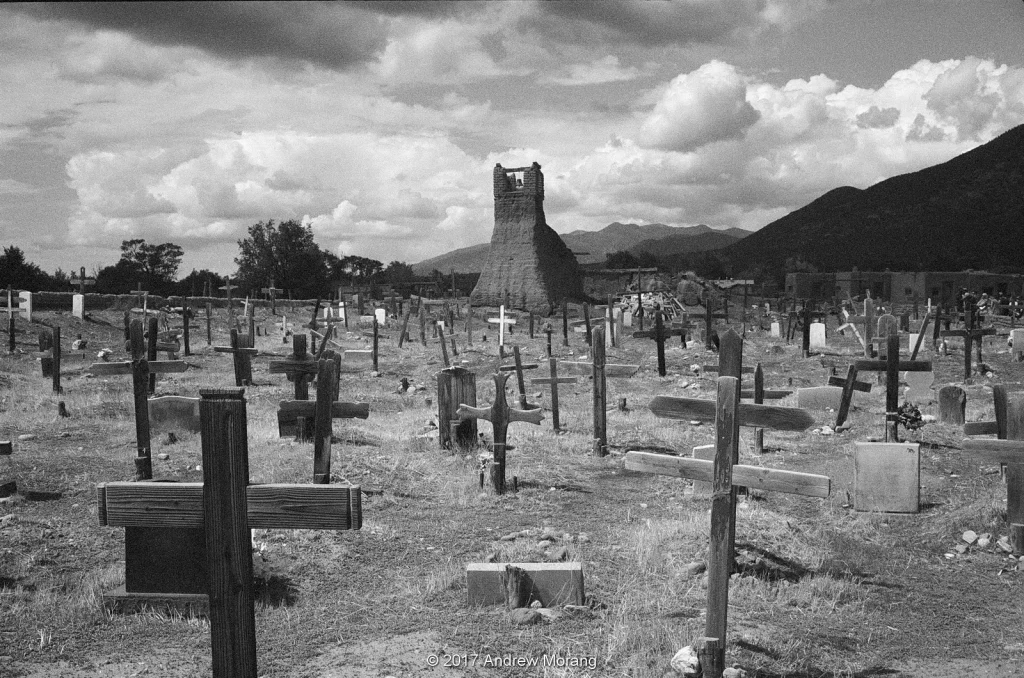
Taos Pueblo, New Mexico. Polarizer filter used to emphasize clouds.
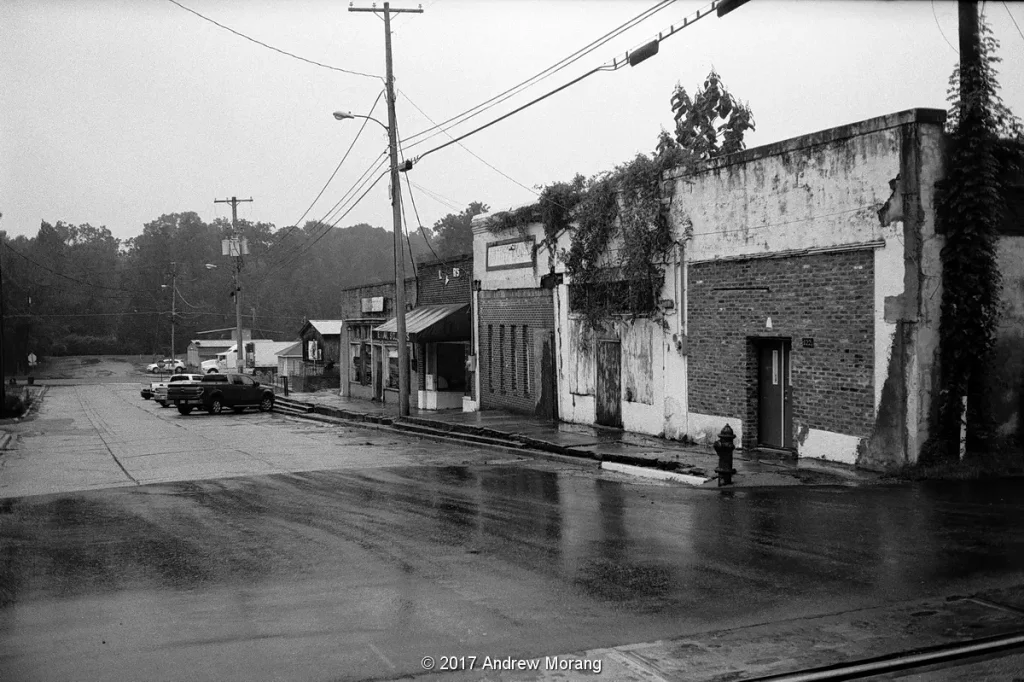
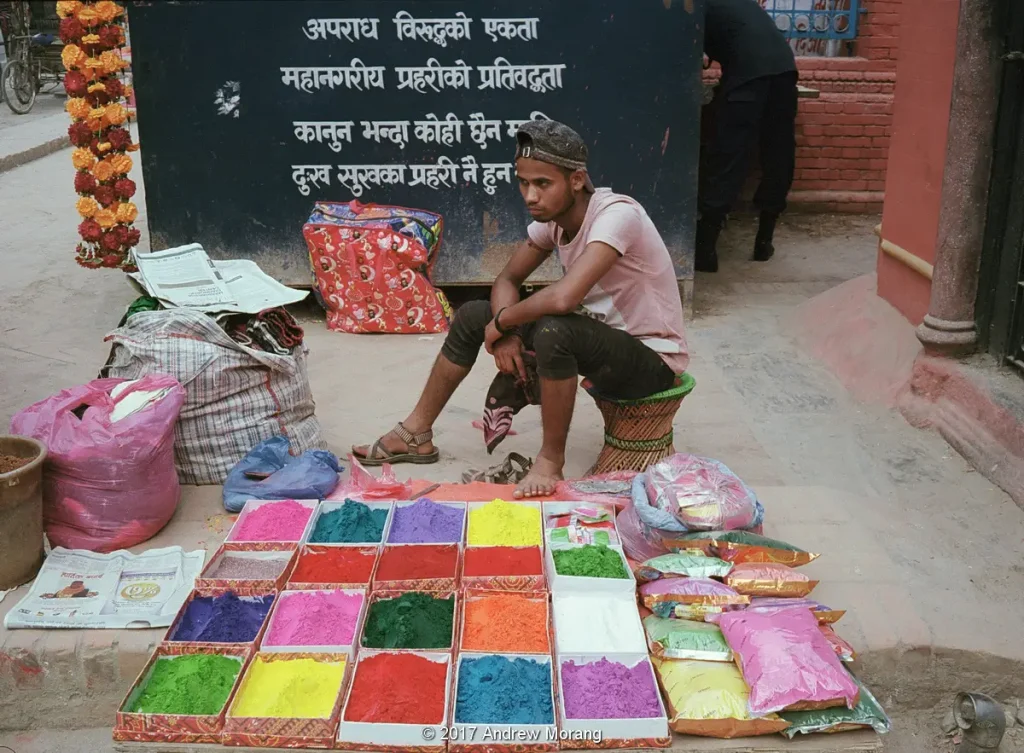
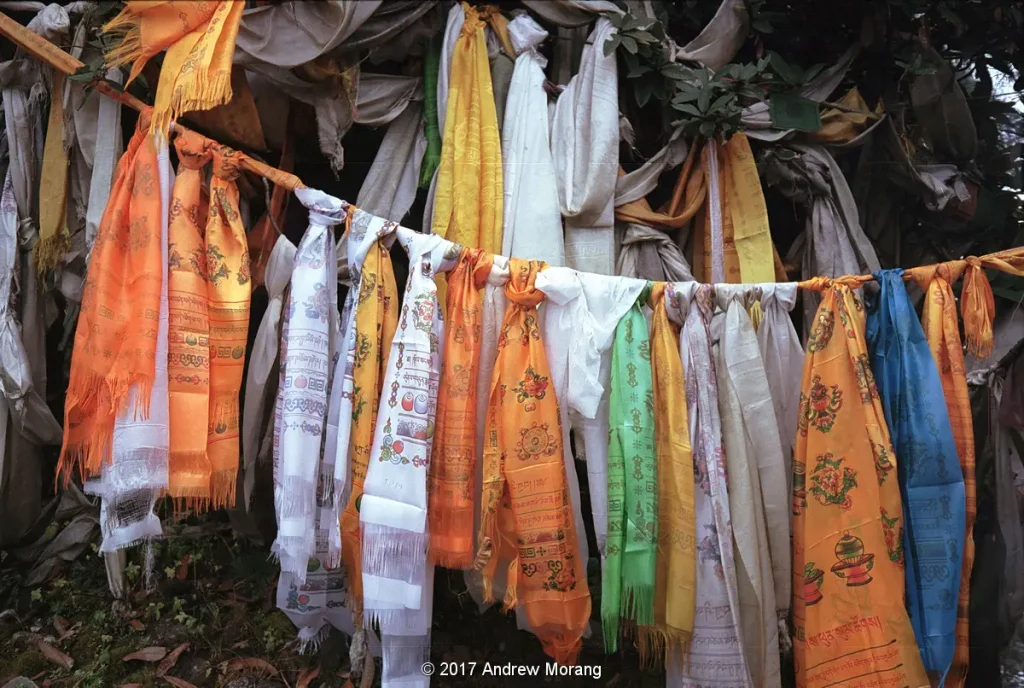
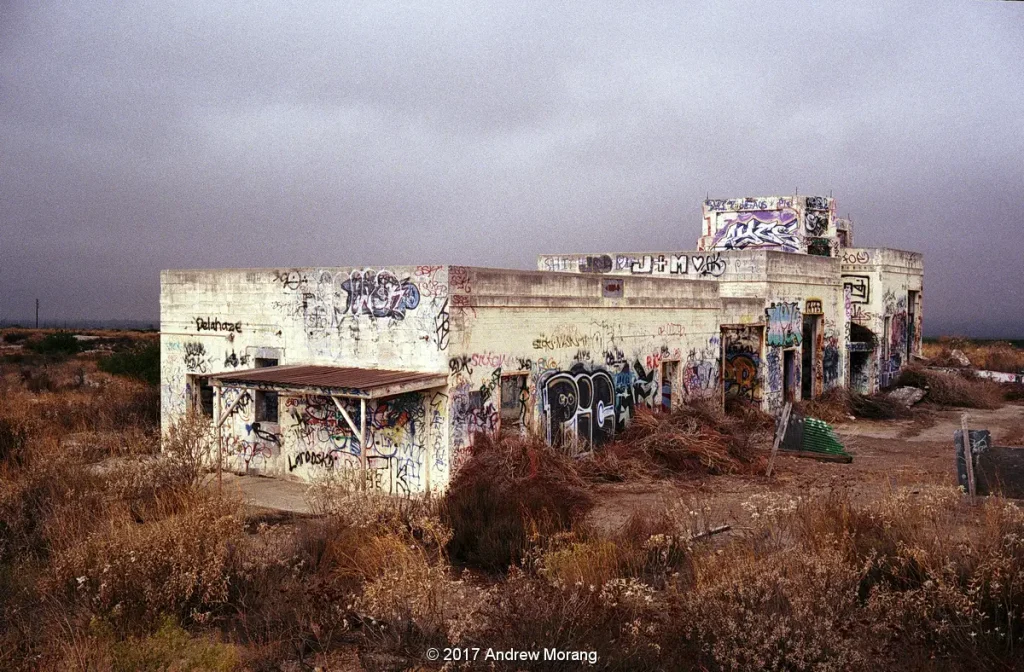
Thank you for reading. For more examples from this little Electro 35CC, please check: https://worldofdecay.blogspot.com/2018/01/nepal-2017-02-doors-of-nepal.html , https://worldofdecay.blogspot.com/2018/01/ladies-of-kathmandu-nepal-2017-03.html, and https://worldofdecay.blogspot.com/2017/12/abandoned-rocket-fuel-plant-redlands.html
As an aside, my Leica IIIC that I mentioned above was repaired in time. I wrote about it here on 35MMC a few months ago.
Share this post:









Comments
John Pokrzywa on Yashica Electro 35CC mini review – by Andrew Morang
Comment posted: 31/05/2018
Terry B on Yashica Electro 35CC mini review – by Andrew Morang
Comment posted: 04/06/2018
Comment posted: 04/06/2018
Compact Excellence: A Review of the Voigtländer Vito BL by Andrew Morang - 35mmc on Yashica Electro 35CC mini review – by Andrew Morang
Comment posted: 06/04/2019
Comment posted: 06/04/2019
Yashica Lynx-14 Review - A great 45mm f/1.4 lens with a good camera stuck to the back! - By Andy Larner - 35mmc on Yashica Electro 35CC mini review – by Andrew Morang
Comment posted: 12/05/2020
Yashica Lynx-14 Review - Great 45mm lens (good camera stuck to the back) - By Andy Larner - 35mmc on Yashica Electro 35CC mini review – by Andrew Morang
Comment posted: 15/05/2020
Richard on Yashica Electro 35CC mini review – by Andrew Morang
Comment posted: 12/07/2022
Comment posted: 12/07/2022